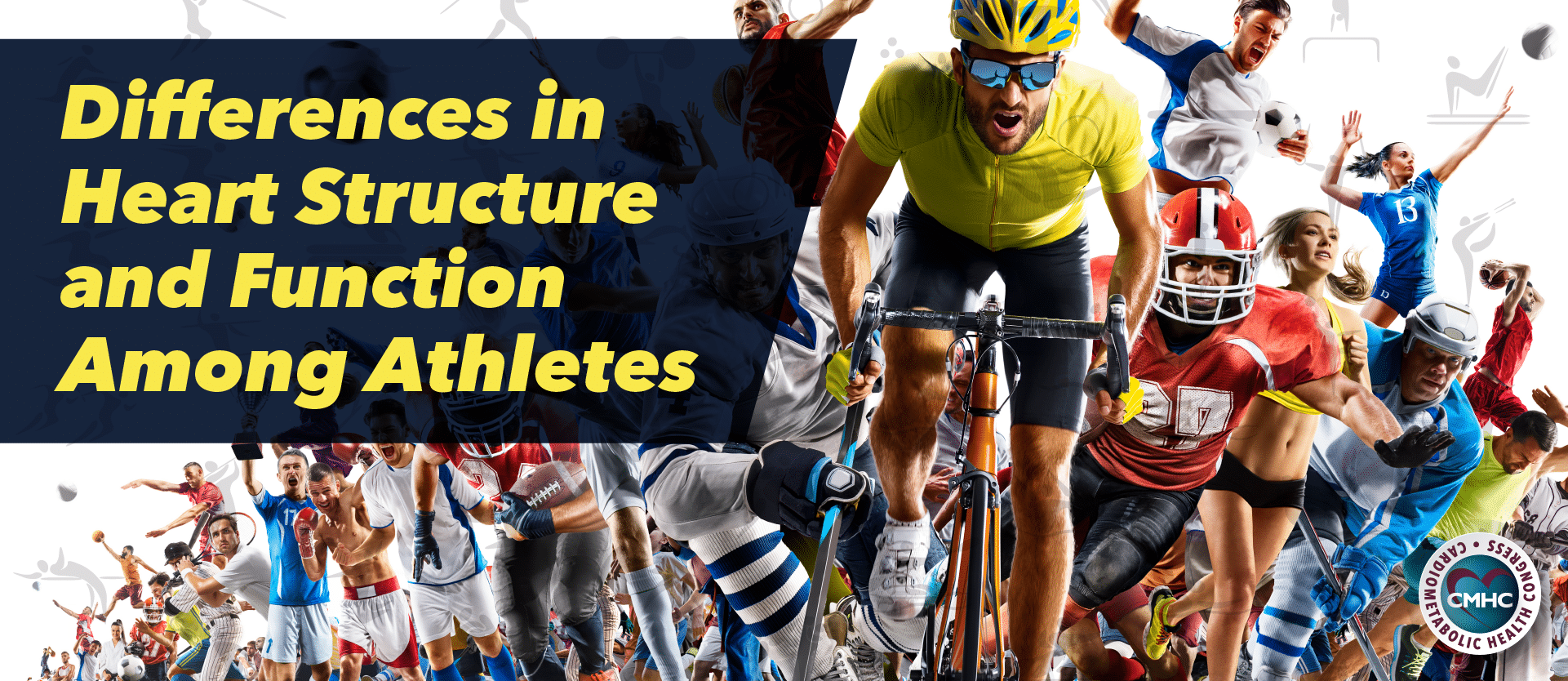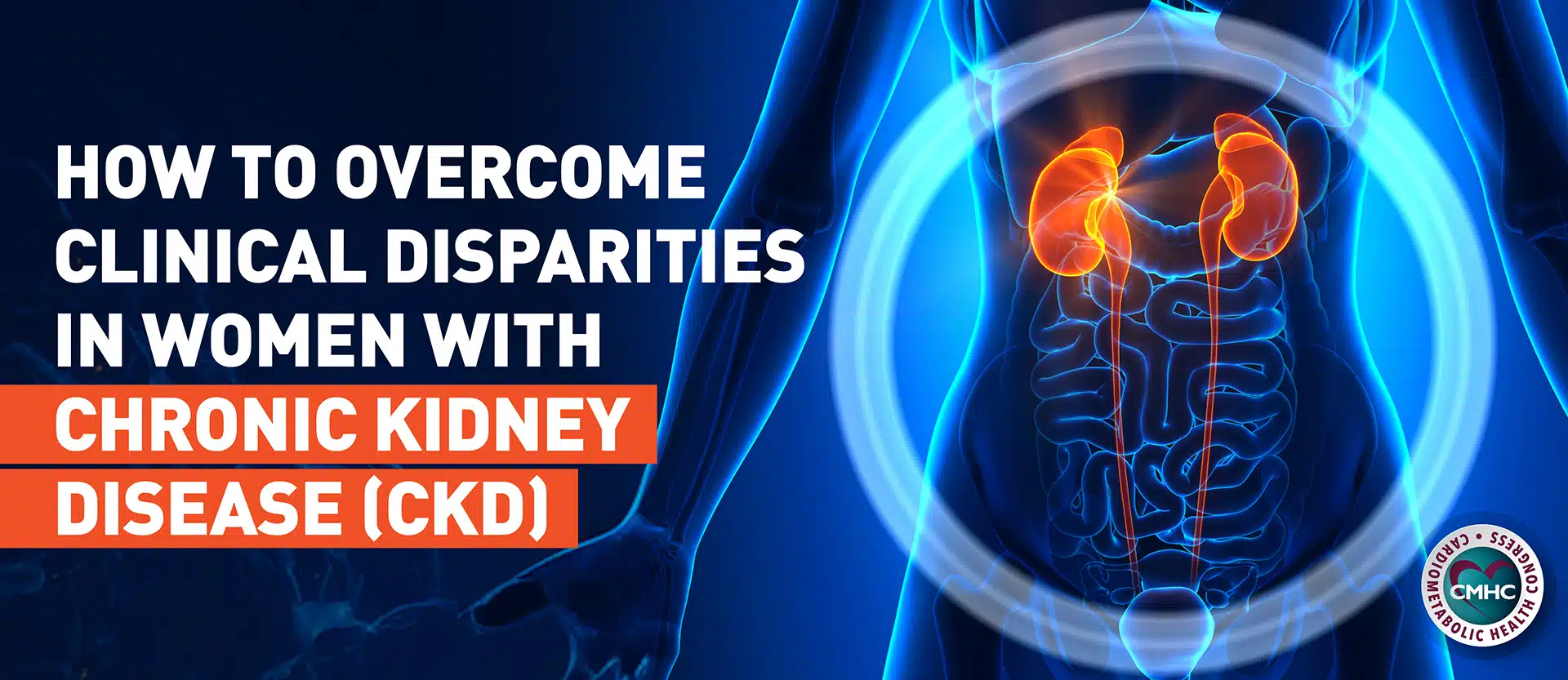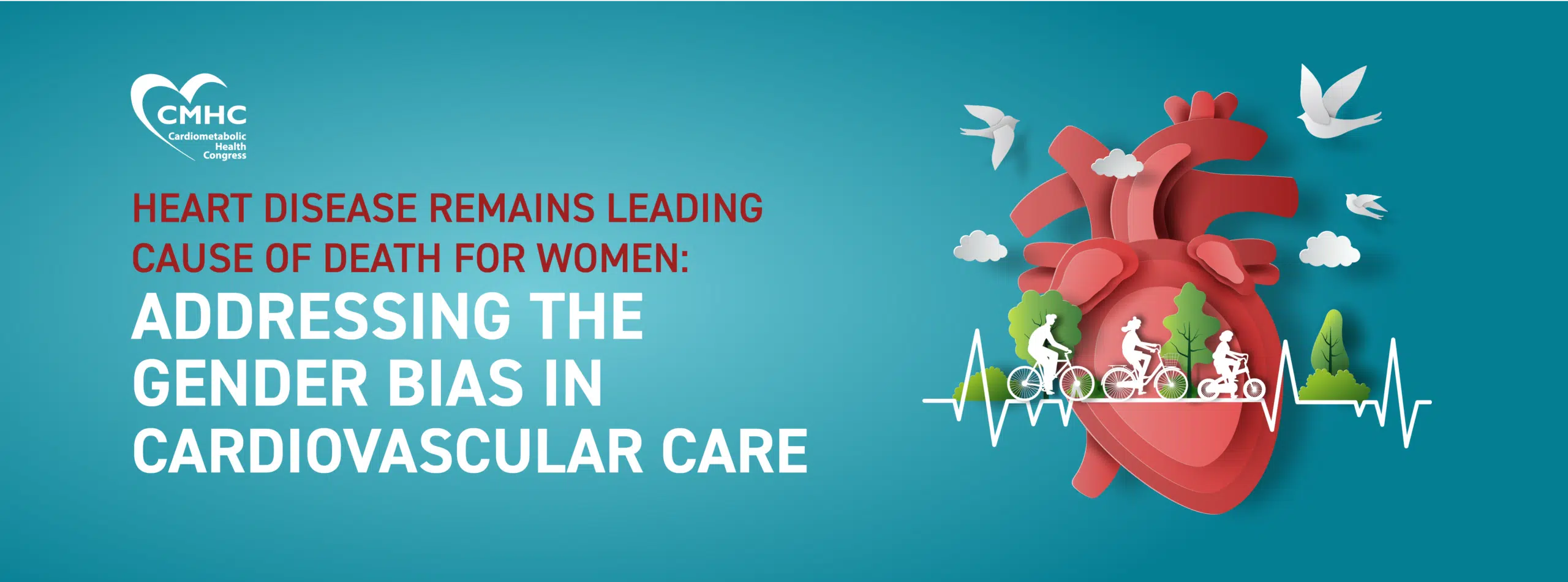Cardiologists are well aware of the fact that regular exercise can change the structure and function of the heart – the left ventricle (LV) in particular. Aerobic exercise in particular, places high demands on the left ventricle, requiring considerable oxygen delivery to working muscles. Athletes typically exhibit larger and stronger left ventricles, which function more efficiently than in sedentary individuals.
Exercise-induced cardiac remodeling has been well documented and reveals differences in the degree of change dependent on the type of training – aerobic vs. resistance-based training. A growing body of research indicates that within different types of exercise, different sports may elicit different left ventricular adaptations. The differences, although slight, may be consequential, researchers speculate.
Comparisons of observed differences in LV structure and diastolic function have been made for many land-based sports, such as distance running and rowing, and sport-specific variations have been detailed. However, past studies have not compared the cardiac effects of land-based exercise – running – and water-based activities – swimming, which has the potential to affect cardiovascular function in much different ways than other sports.
New research from the University of Guelph in Canada aims to clarify the differences in structure and function of elite swimmers’ and runners’ hearts in an investigation of elite athlete hearts.
Left Ventricular Structure and Function Variations
Through a comparison of LV mechanics, dimensions, and global systolic and diastolic function between the hearts of elite runners and swimmers, researchers intended to further explicate the extent of cardiac remodeling. A cohort of 16 elite swimmers and 16 age, sex, and race-matched elite runners was selected. All participants were asked to fast at least 2 hours prior and 12 hours post-exercise before measurements were taken.
After completing a medical and training history questionnaire, athletes were asked to rest in a supine position for 5 minutes. Brachial artery blood pressure measurements were taken, while all participants underwent resting echocardiography and indices of LV dimension, global LV systolic and diastolic function as well as LV mechanics were determined.
Regardless of sport, athletes exhibited much lower heart rates than their sedentary counterparts – around 50 beats per minute. Researchers discovered lower early diastolic function in swimmers including peak early transmitral filling velocity, mean mitral annular peak early velocity, and the ratio of peak early to late transmitral filling velocity. Study findings suggest enhanced early diastolic function in elite runners, which may be caused by faster LV untwisting.
The diastolic mechanics index of time to peak untwisting rate occurred later in swimmers, while cardiac output was larger than in runners as a result of higher heart rates. For all other indices of LV systolic function and dimension, results were similar for both groups of athletes.
Differences Between Swimmers and Runners
Study findings implicate that the differences between running and swimming may result in distinct adaptations in LV diastolic function. Researchers speculate that the improved early diastolic filling recorded in elite runners may be attributable to enhanced LV diastolic mechanics, increased preload, or a combination of both.
Additionally, the unique properties and physiological stimuli involved in swimming may contribute to these variations, as the sport has a high isotonic component and moderate isometric component. Distinct properties include immersion of the body in water, a supine posture, the use of both upper and lower limbs, as well as breath holding. However, findings indicate that the differing exercise stimuli did not have an effect on structure or systolic function of the left ventricle as both indices were similar between cohorts.
Although further research is required to support the findings of this cross-sectional comparison, the results underscore the varying effects of sport-specific exercise on LV function. Forthcoming studies are needed to identify the underlying cause of these differences – whether they are a product of superior exercise stimulus, or a necessary adaptation for upright exercise – and to determine the effects of a wider range of sports. In the meantime, this new data underscores the cardiovascular benefits of regular exercise and its potential to improve heart structure and function.


















